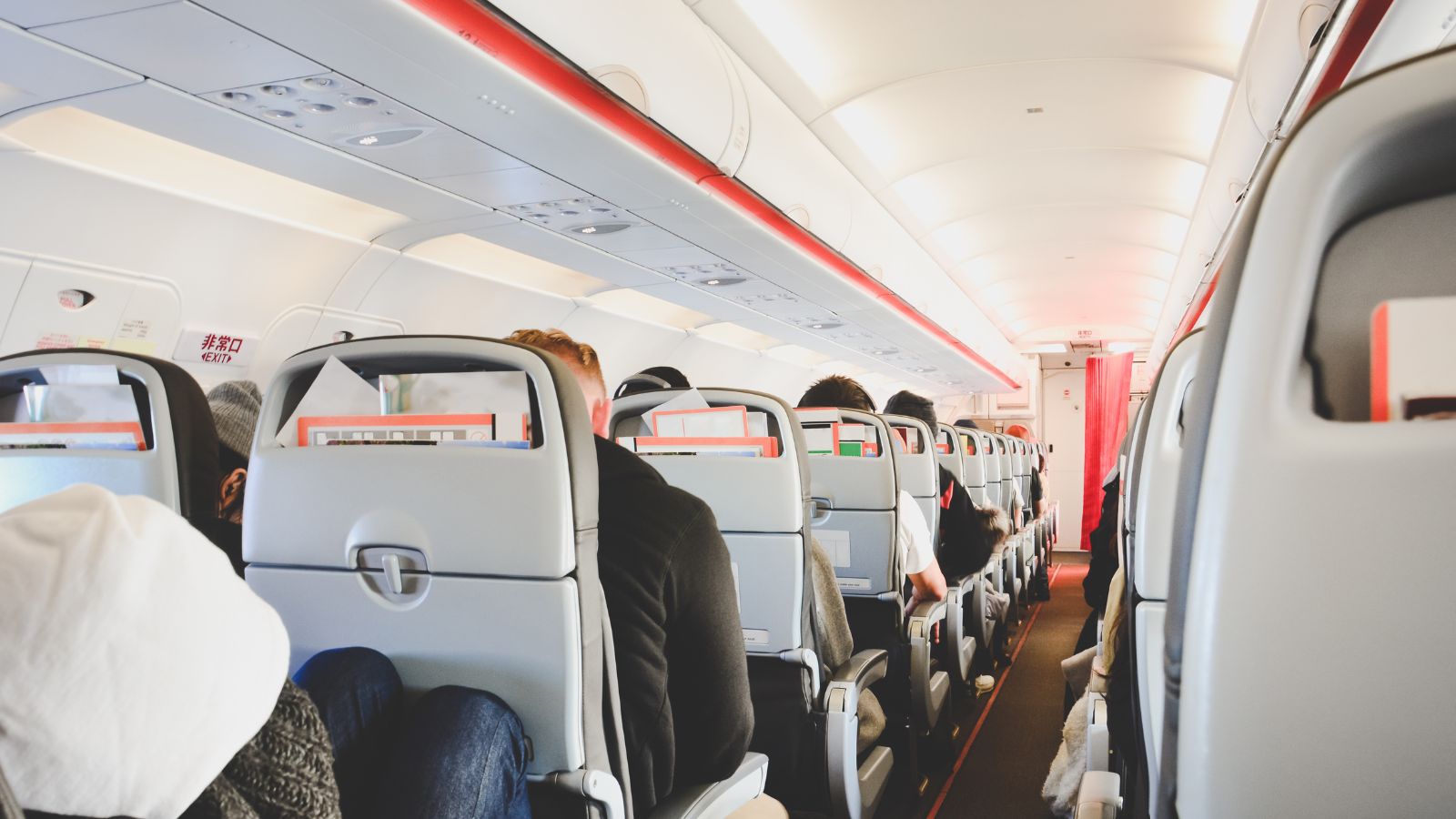Low-cost carriers (LCCs) now make up almost a third of global airline capacity; in March 2023 they accounted for 32% of all scheduled airline seats globally, up from 29% in 2019 and 25% in 2015. During the upheaval of the pandemic their share dropped in 2020 and 2021, but began to rise again in 2022 – sometimes exceeding 1 in 3 seats.
The highest proportion of airline capacity operated by LCCs is in South Asia at 63%, followed by South East Asia with 52%.
As the chart below shows, almost every region in the world has seen LCCs increase share since March 2019 - with the exception of Upper South America and North East Asia, which have relatively low shares of capacity on LCCs.
LCCs now contribute more than half of all scheduled airline capacity in the 21 countries listed below. The largest of these is India where the LCC share has reached 74%, and a number are in Eastern Europe including Poland, Hungary, Bulgaria, Lithuania, Bosnia & Herzegovina, Slovakia and North Macedonia, driven in most part by the rise of Wizz Air. Countries where LCCs are dominant may be relatively small in terms of overall capacity, but collectively they account for more than 20% of global capacity., almost double the position in 2019 where they accounted for 11%.
Below is a list of countries where LCC share is between 40-50%.
The largest of these is the UK, where LCCs operate 48% of all capacity. Among this list are also Australia and Turkiye, also sizeable markets.
There are 14 countries where the low-cost share of capacity has grown by more than 10% between March 2019 and March 2023. The largest of these are Indonesia, France, Saudi Arabia and South Africa.
Is The Term 'Low-Cost Carrier' Still Relevant?
Of course, the question is regularly asked if the term ‘low-cost carrier’ is still relevant. The product offerings now on carriers such as JetBlue and easyJet is a far more sophisticated proposition than in the early days of LCCs. It could be perceived that the delineation between LCCs and legacy airlines is blurring, and that there are now carriers adopting a truly hybrid model, such as FlyDubai with their blend of network connections and lower fares than their sister airline, Emirates.
After all, carriers such as Ryanair, Southwest and AirAsia have become household names and dominate in their home markets. The last decade has seen a sub-category of ultra low-cost carriers (ULCC) emerge, with carriers such as Ryanair, Wizz Air, Spirit and Allegiant billing themselves as ‘no frills’ and their differentiation is a core offering of a basic level of service with a menu of options that passengers can add on – including seat allocation, cabin and hold baggage. This has proved very lucrative for LCCs, not least Ryanair who recently announced near record profits of 1.43bn euros just below their record of 1.45bn euros in 2018.
LCC Capacity Set To Grow
Arguably Ryanair have set the bar for a model pandemic recovery, managing high fuel costs, uncertain demand but still delivering passenger and profit growth. Other LCCs, notably Wizz Air and Indigo used the pandemic as a platform to grow and the next few years will see them, and other LCCs take delivery of significant volumes of aircraft. This influx of capacity will mean LCCs will only continue to grow, eating into the short-haul networks of legacy carriers, and continually evaluating new route opportunities.
A further dimension is that both Ryanair and Wizz will be seeking higher volume markets as they continue to take delivery of aircraft with more seats – in Ryanair’s case 20% of their fleet now operates on the B737 MAX 8200 which they have configured with 197 seats rather than 189, offering an additional 8 seats per aircraft on around 76,000 flights this summer – a sum total of 609,000 extra seats. Wizz Air has also been up-gauging aircraft as they continue to take delivery of the 239-seat A321 neo-ACF aircraft, an increase of 9 seats on the standard A321-200 configurations. Whilst on an individual flight level an increase of 8 or 9 seats may seem small, but this all adds up when you consider that each of these aircraft will operate on average 5 flights per day.
The challenge then for these LCCs is which markets will offer the best potential for growth. Wizz Air made an early move into the Middle East market and is exploring new markets there and building a network serving Central Europe which will undoubtedly provide new opportunities whilst for Ryanair the much-discussed opportunity to cross the Atlantic remains the big question – will they or won’t they or equally will they finally find a way into Heathrow, Amsterdam or Frankfurt and really start to challenge the legacy carriers in their own backyards? Time will tell.






